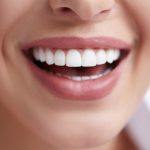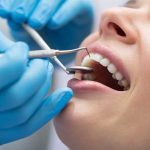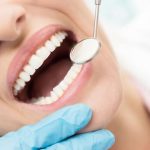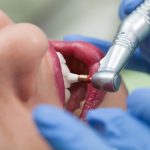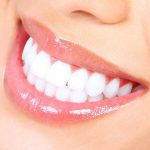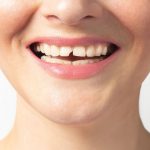Why Do Teeth Shift After Braces? Explained by Orthodontic Experts
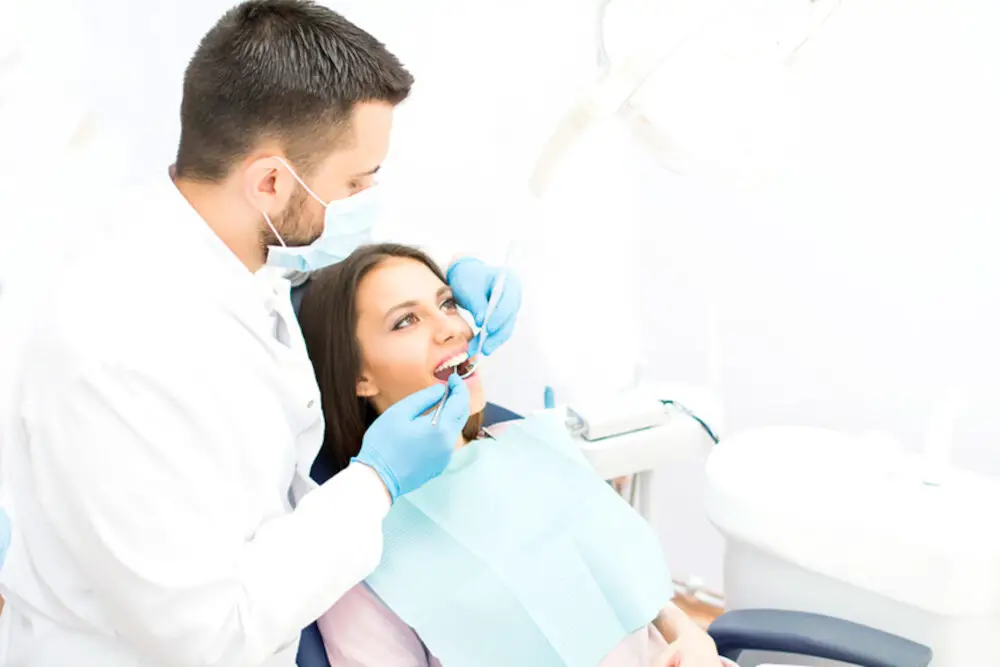
Orthodontic treatment is a commonly sought-after solution for misaligned teeth and jaw problems, with millions of people opting for braces to achieve a straighter and more beautiful smile. However, even after undergoing orthodontic treatment, some patients may experience a shift in their teeth. This can be a frustrating and confusing experience, especially after investing time, money, and effort into achieving a perfect smile. But why do teeth shift after braces? In this article, we’ll explore the reasons behind this phenomenon, as explained by orthodontic experts, to help you understand what to expect after your orthodontic treatment. While orthodontic treatment can successfully align your teeth and jaws, it’s essential to understand that teeth are not fixed into place. They are supported by a complex network of ligaments, fibers, and bone that can shift and change over time. When braces are removed, the teeth may appear straight and properly aligned, but this doesn’t mean that they are fully stabilized. In fact, it can take up to a year or more for the bone and supporting tissues to adapt to the new position of the teeth. During this time, the teeth may have a tendency to shift back to their original position, especially if the patient doesn’t wear their retainer as instructed.
Braces are orthodontic devices that are used to straighten crooked teeth and correct bite problems. They consist of brackets that are attached to the teeth and wires that run through the brackets. The wires apply gentle pressure to the teeth, gradually moving them into the correct position. In some cases, rubber bands may also be used to help move the teeth. Braces work by exerting a continuous force on the teeth, which stimulates the bone cells in the jaw to remodel and reshape around the teeth. This allows the teeth to shift into their new positions over time. While braces can be uncomfortable at first, they are a highly effective way to achieve a straighter, healthier smile.
Understanding the Movement of Teeth
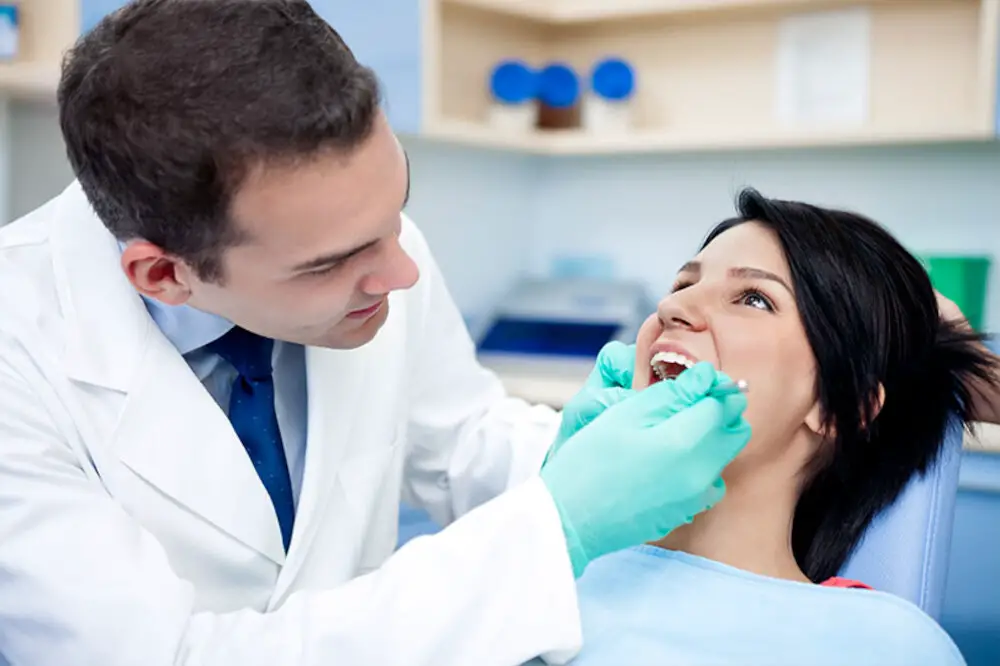
The movement of teeth is a complex process that orthodontic experts aim to understand. Teeth may shift after braces for several reasons. The most common reason is that the teeth were not retained properly after the braces were removed. This can happen if the patient does not wear their retainers as instructed or if the retainers become damaged or lost. When the teeth are not retained properly, they can start to shift back towards their original position. Other factors that can cause teeth to shift include genetics, age, and lifestyle habits such as grinding or clenching the teeth. Understanding the movement of teeth is essential for orthodontic experts to determine the best treatment options for their patients. Teeth move when force is applied to them, either from braces or other orthodontic appliances. The force causes the bone around the teeth to be remodeled, allowing the teeth to move into their desired position. However, if the force is not applied correctly or if the teeth are not retained properly after treatment, the teeth can shift back towards their original position. Orthodontic experts carefully plan the force and direction of movement for each tooth to ensure that the teeth move into their optimal position and remain there after treatment.
During orthodontic treatment, teeth move due to a process called bone remodeling. Orthodontic appliances, such as braces or aligners, apply constant pressure to the teeth, which stimulates the bone cells around them to break down and rebuild. This allows the teeth to shift into their desired position over time. As the teeth move, the bone tissue changes shape to accommodate their new location. This process can take several months or even years depending on the severity of the misalignment. However, once the treatment is complete, the teeth will be more stable in their new position, and a retainer may be used to help maintain the results.
There are various types of forces that are involved in moving teeth during orthodontic treatment. Firstly, there is physical force, which is applied by the orthodontic appliance to the teeth. Secondly, there is biological force, which is generated by the cells in the periodontal ligament surrounding the teeth. Thirdly, there is chemical force, which is created by the biochemical reactions that occur in the periodontal ligament during orthodontic treatment. Finally, there is environmental force, which can include factors such as the patient’s diet, oral hygiene, and habits such as thumb sucking or mouth breathing. By understanding the different types of forces involved in moving teeth, orthodontic experts can develop treatment plans that are tailored to the individual needs of each patient.
Causes of Teeth Shifting After Braces
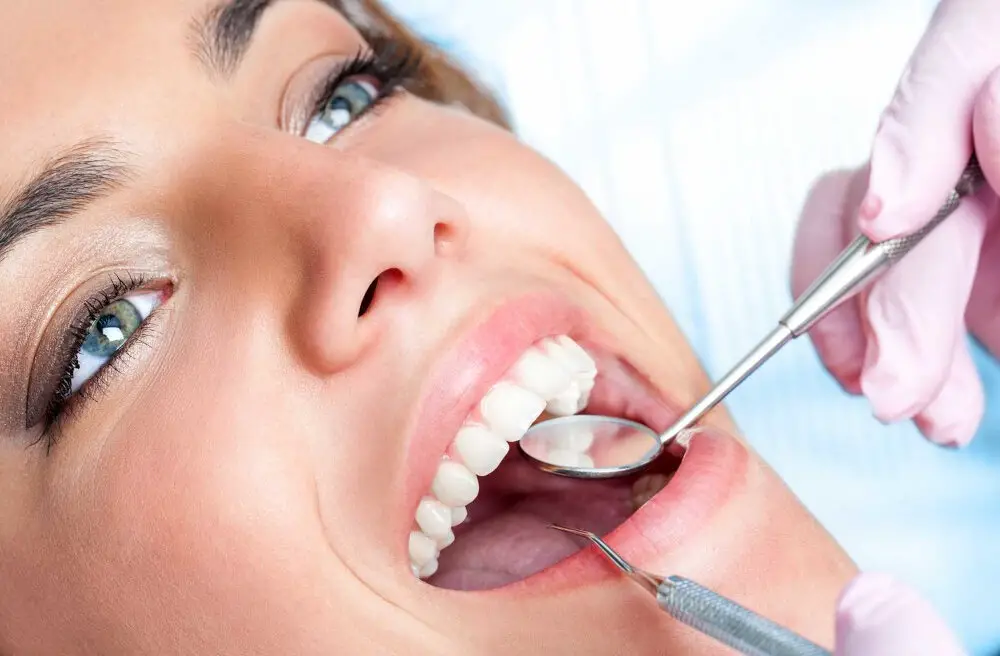
Wearing braces is a common solution to correct crooked teeth, but after completing the treatment, the teeth might shift back to their original position. This phenomenon is known as teeth shifting after braces. One of the most significant causes of teeth shifting after braces is the lack of retention. Retainers are essential dental devices that hold the teeth in place after braces, preventing them from moving back to their original position. Patients are usually advised to wear their retainers for a certain period, but some fail to comply with the instructions. Failing to wear retainers regularly can cause teeth to shift, and the treatment results may be compromised. Another cause of teeth shifting after braces is age. As we age, our teeth, bones, and gums change, which can cause the teeth to shift. Also, the pressure exerted by the tongue and lips can cause the teeth to move. If the tongue and lips exert more pressure on one side of the teeth, it can cause them to shift towards that side. Additionally, wisdom teeth can cause teeth to shift, especially if they are impacted or misaligned. Wisdom teeth can push the surrounding teeth, causing them to shift and become crooked. In some cases, wisdom teeth extraction may be necessary to prevent further teeth shifting after braces.
The natural tendency of teeth to shift is a biological phenomenon that occurs in response to various external and internal factors. Teeth are not stationary structures and are constantly subjected to forces such as biting, chewing, and talking. Additionally, changes in the bone structure and gum tissue can also contribute to the shifting of teeth. Furthermore, the aging process can also play a role in teeth shifting as the jawbone weakens over time. These factors can cause teeth to move out of their original position, leading to crooked teeth, gaps, and other orthodontic problems. While braces can effectively correct these issues, it is important to maintain proper oral hygiene and wear retainers to prevent teeth from shifting back to their original position.
One of the most common reasons why teeth shift after braces is due to the lack of retainer use. Retainers are custom-made orthodontic devices designed to maintain the new position of teeth after braces treatment. They are essential in preventing teeth from shifting back to their original position. Failure to wear the retainer as prescribed by the orthodontist can result in the teeth moving out of alignment, causing various dental issues such as crowding, gaps, and bite problems. Therefore, it’s important to wear the retainer as directed by the orthodontist to ensure that your teeth remain in their proper position.
Genetics and age are two important factors that can affect the movement of teeth after braces. Genetics play a crucial role in determining the shape and size of teeth, as well as the strength of the jawbone. These factors can influence how teeth move and shift over time, even after orthodontic treatment. Age also plays a role in tooth movement, as the natural aging process can cause changes in the bone and gums that support the teeth. As a result, it is important for individuals to maintain good oral hygiene habits and attend regular dental check-ups in order to prevent any potential issues with tooth movement and ensure long-term dental health.
Prevention of Teeth Shifting After Braces
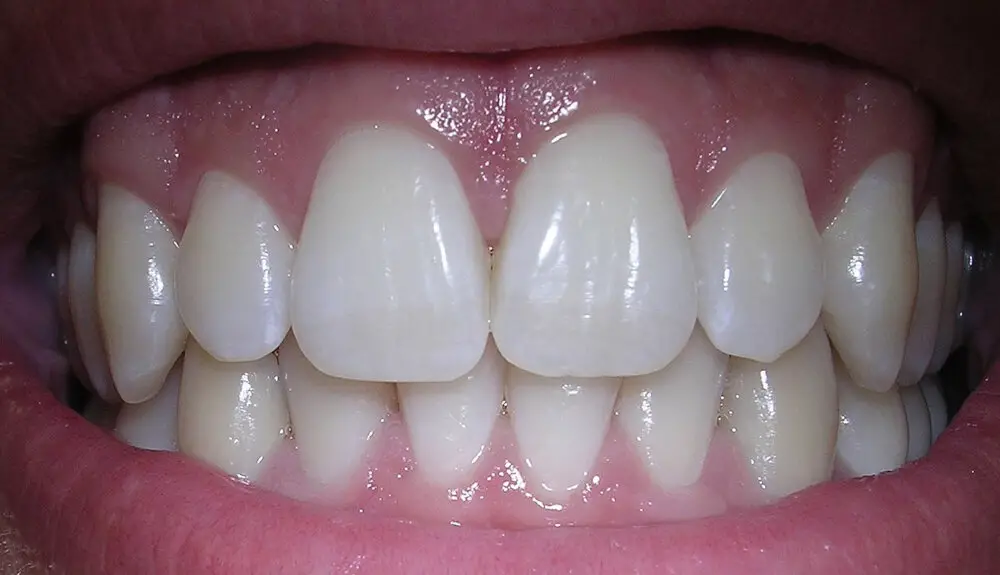
After completing the orthodontic treatment, it is crucial to maintain the results achieved with braces. Teeth shifting is a common concern among patients who have undergone orthodontic treatment. However, there are ways to prevent teeth from shifting after braces. One of the most effective ways to maintain the results of orthodontic treatment is by wearing retainers. Retainers are custom-made appliances that hold teeth in their new positions. Orthodontists may recommend wearing retainers full time for a certain period and then gradually reducing the wear time. It is essential to follow the orthodontist’s instructions on retainer wear to prevent teeth from shifting. Another way to prevent teeth from shifting after braces is by maintaining good oral hygiene. Brushing teeth twice a day, flossing, and using mouthwash can help prevent decay and gum disease, which can cause teeth to shift. A healthy diet is also important for preventing teeth from shifting. Consuming sugary and acidic foods and drinks can increase the risk of tooth decay and gum disease. It is best to avoid these types of foods and instead opt for a diet rich in calcium, vitamins, and minerals, which can help keep teeth and gums healthy. Overall, maintaining good oral hygiene and wearing retainers as recommended by the orthodontist can help prevent teeth from shifting after braces.
Wearing retainers after orthodontic treatment is crucial in maintaining the alignment of teeth. The reason why teeth tend to shift after braces is because the bone and tissue around them are still adapting to their new position. Retainers help keep the teeth in place by preventing them from shifting back to their original position. Neglecting to wear retainers can cause the teeth to move, resulting in a misaligned bite or crooked teeth. Retainers should be worn as directed by the orthodontist, and proper care should be taken to keep them clean and free from damage. The long-term benefits of wearing retainers far outweigh the inconvenience of having to wear them regularly.
After braces, it is crucial to wear retainers to prevent teeth from shifting. There are three main types of retainers: Hawley, Essix, and bonded retainers. Hawley retainers are made of acrylic and metal wires and can be adjusted over time to accommodate changes in tooth alignment. Essix retainers are clear plastic aligners that fit snugly over the teeth and offer a discreet option for retention. Bonded retainers are a permanent option that involves a wire being bonded to the back of the teeth. The benefits of retainers are numerous, including maintaining the results achieved by braces, preventing teeth from moving back to their original position, and improving overall oral health. It is important to wear retainers as directed by your orthodontist to ensure the best possible outcome for your smile.
Proper retainer care is essential to maintain the results of orthodontic treatment and prevent teeth from shifting. After braces, orthodontic experts recommend wearing retainers to keep the teeth in their new positions. Retainers can be removable or fixed, and both require regular cleaning and maintenance. Removable retainers should be cleaned with a soft-bristled toothbrush and mild soap, while fixed retainers require flossing and brushing around the wires to remove any plaque or food particles. Retainers should also be stored in a protective case when not in use and not exposed to extreme temperatures or direct sunlight. Failure to care for retainers properly can result in damage or wear, which can compromise their effectiveness in keeping teeth straight.
Treatment Options for Shifting Teeth After Braces
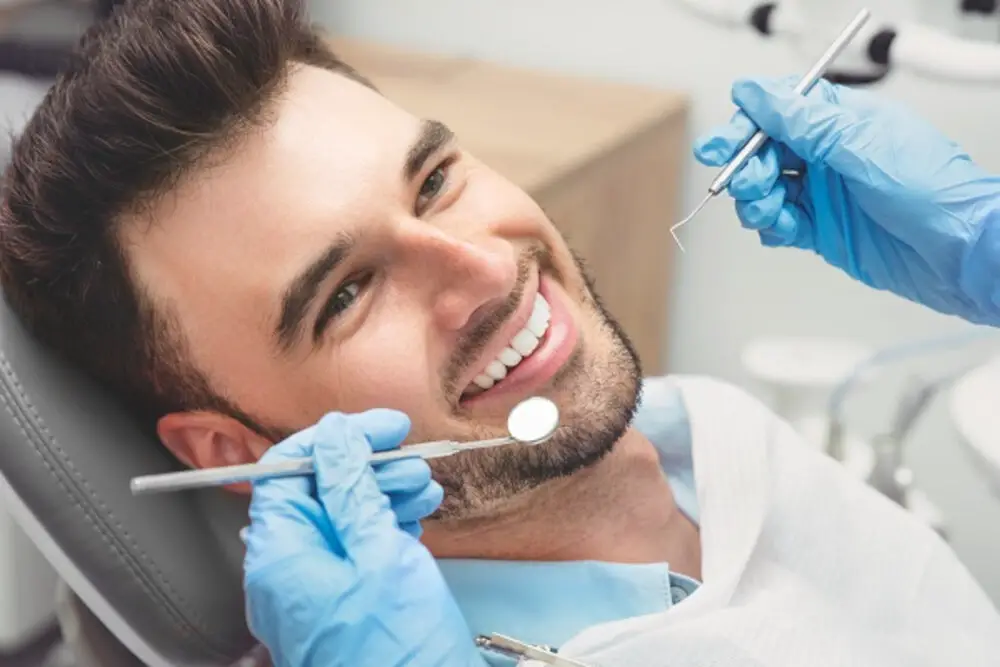
After completing orthodontic treatment with braces, it is common for teeth to shift over time. This can happen due to various reasons, such as not wearing retainers as directed, natural aging, or changes in the jawbone. Fortunately, there are several treatment options available to address shifting teeth after braces. One option is to wear clear aligners, such as Invisalign, which are custom-made to fit over the teeth and gradually move them into their desired position. Clear aligners are convenient and aesthetically pleasing, as they are virtually invisible and can be removed for eating and cleaning. Another treatment option for shifting teeth after braces is traditional braces. While some patients may be hesitant to wear braces again, especially after already completing treatment, traditional braces can effectively correct any shifting issues. They are also more affordable than clear aligners and can be customized with unique colors and designs to make them more fun and personalized. Other options include lingual braces, which are placed on the back of the teeth, or ceramic braces, which are less noticeable than traditional metal braces. Ultimately, the best treatment option for shifting teeth after braces will depend on the individual’s specific needs and preferences, and should be discussed with a qualified orthodontist.
When teeth shift after braces, there are several orthodontic options available for correcting this issue. One of the most common methods is to use clear aligners, which are custom-made plastic trays that gradually shift the teeth into their desired positions. Another option is to use traditional braces, which use brackets and wires to move the teeth. In some cases, orthodontists may also recommend the use of retainers, which help to maintain the new position of the teeth after treatment. Additionally, in more severe cases, orthognathic surgery may be necessary to correct jaw misalignment and improve the overall alignment of the teeth. Ultimately, the best orthodontic option for correcting shifting teeth will depend on the individual patient’s needs and preferences, as well as the severity of their condition.
There are several restorative options available to repair the damage caused by shifting teeth. One of the most common options is dental bonding, which involves using a tooth-colored resin to reshape and rebuild the damaged teeth. Another option is veneers, which are thin shells that are placed over the front of the teeth to improve their appearance. Dental crowns can also be used to restore teeth that have been severely damaged or weakened. In cases where the shifting of teeth has caused significant damage to the jawbone, surgery may be required to rebuild the bone and restore proper alignment of the teeth. Ultimately, the best restorative option for repairing damage caused by shifting teeth will depend on the severity of the damage and the individual needs of the patient.
In the article \Why Do Teeth Shift After Braces Explained by Orthodontic Experts,\ several key points were discussed. Firstly, teeth can shift after braces due to the natural aging process, as well as habits such as grinding or clenching. Secondly, not wearing a retainer after braces can lead to shifting. Additionally, genetics can play a role in how teeth shift over time. Orthodontic experts recommend wearing a retainer as directed, practicing proper oral hygiene, and seeking the advice of a professional if any concerns arise. Understanding these factors can help individuals maintain their beautiful smile long after their braces are removed.
After undergoing orthodontic treatment with braces, it is crucial to emphasize the importance of retainer use and follow-up care to maintain the achieved results. Teeth shifting is a common occurrence that can happen over time, even after braces, due to various factors such as age, genetics, and habits like teeth grinding or clenching. Therefore, wearing retainers as prescribed by the orthodontist can prevent teeth from moving back to their original position. Follow-up care, including regular dental check-ups and routine cleanings, can also help identify any potential issues and address them promptly. By taking these steps, patients can ensure that their investment in orthodontic treatment yields long-lasting results and a healthy, beautiful smile.
Conclusion
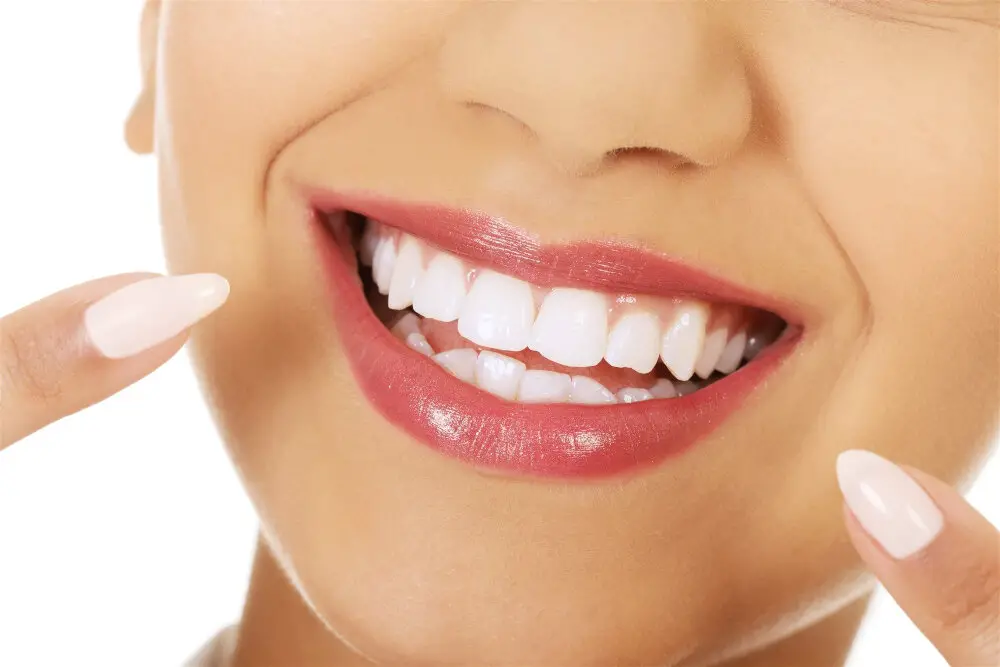
In conclusion, teeth shifting after braces is a common occurrence that can be attributed to a variety of factors. Orthodontic experts explain that the ligaments and tissues around the teeth may need time to adjust to their new positions, and the natural forces of aging and gravity can also play a role. Additionally, poor oral hygiene habits or failure to wear retainers as directed can contribute to tooth movement. While it can be frustrating to see your teeth shift after investing time and money in orthodontic treatment, it’s important to remember that this is a normal part of the process. By following your orthodontist’s instructions and maintaining good oral hygiene, you can help keep your teeth in their new positions and enjoy a healthy, beautiful smile for years to come.
